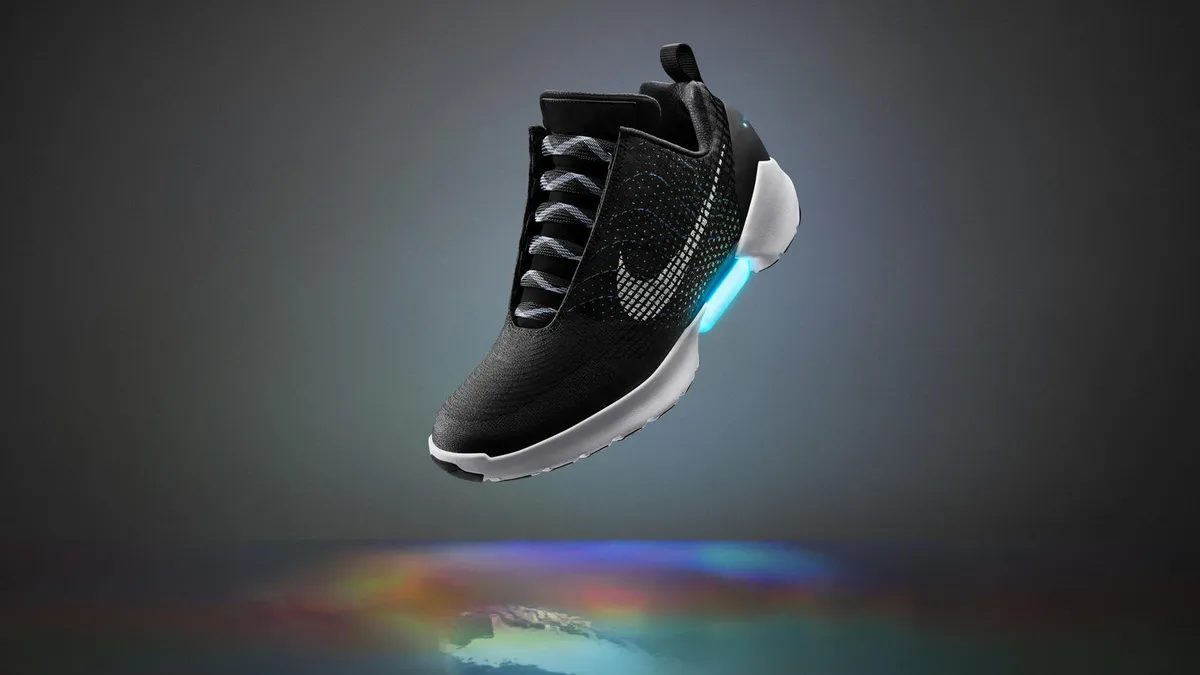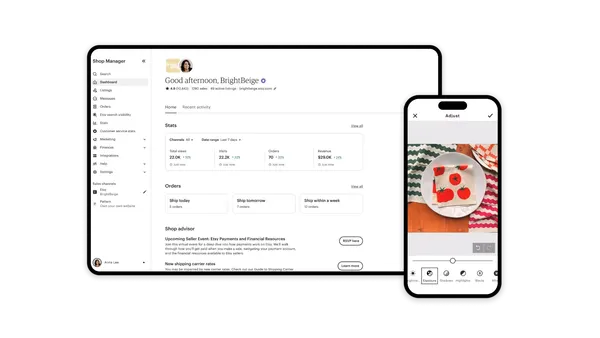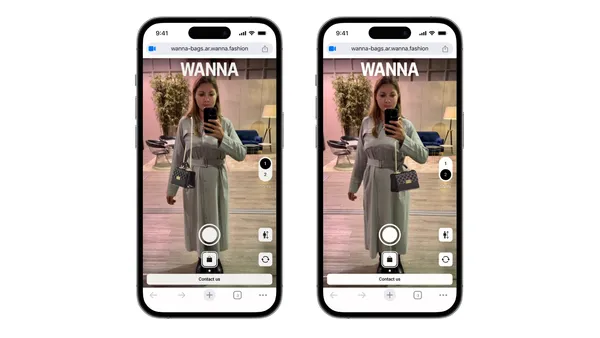Dive Brief:
- Despite a 12% drop in brand value to $28 billion, Nike remains the world's most valuable apparel brand, according to Brand Finance's annual rating. H&M is number two, followed by Zara and Adidas.
- These retailers are seeking ways to stay on top in the face of increasing pressure from their closest competitors, especially online retailers.
- Both Nike and H&M are making their supply chains more efficient with advances in technology and automation.
Dive Insight:
It wasn't the best of years for many of the top apparel brands. H&M recorded below expected growth of 3% in 2017, with international sales in local currencies increasing to approximately $25 billion. In addition, it suffered some inventory issues, based, it says, on an unseasonably cold winter.
In extremely competitive marketplaces, both Nike (chased by Adidas) and H&M (with Zara closing the gap) are aggressively strengthening their supply chains to maintain their leadership roles.
The fashion market is constantly changing, based on seasonal clothing and, of course, consumer taste in a "we want it now" environment.
Nike is investing heavily in automation to help reduce lead times for its orders from 60 days to just 10 by redesigning its logistics network and near-shoring more facilities in, for example, Latin America. In addition, the company plans to install at least 1,200 new automated machines at its Asian suppliers' factories.
As for H&M, it has suffered for the same reasons many other brick-and-mortar companies have suffered — the onslaught of online competitors. The Swedish clothing giant had its worst first quarter in a decade, with unsold inventory leading to huge markdowns to relieve the backlog. The company said an unusually cold winter affected sales of spring garments, but its slow supply chain didn't help. How slow? According to a March report from Goldman Sachs, H&M's supply chain lead times are almost double those of Zara's owner, Inditex.
To help keep such inventory backlogs at a minimum — and make production and delivery more efficient — H&M is investing in analytics and intelligence to improve its supply chain. The company also is broadening its use of technology to include cloud computing and the Internet of Things (IoT). H&M is increasing visibility, employing RFID to track where clothes are and move more quickly to address shortages or oversupply. It's a system Zara already uses with great results.













